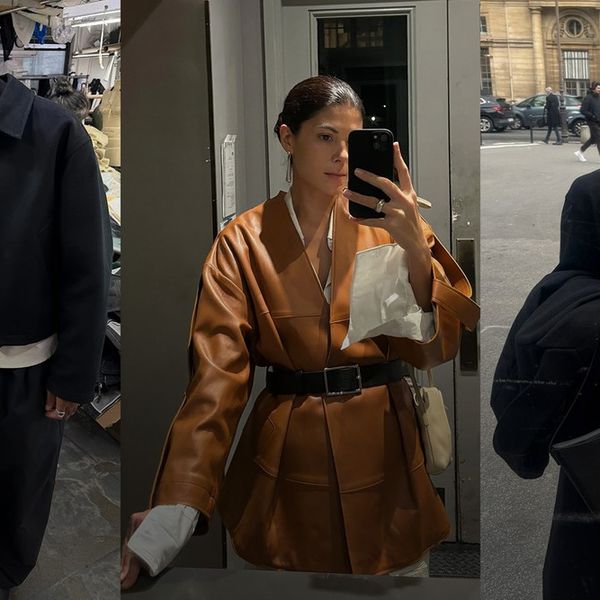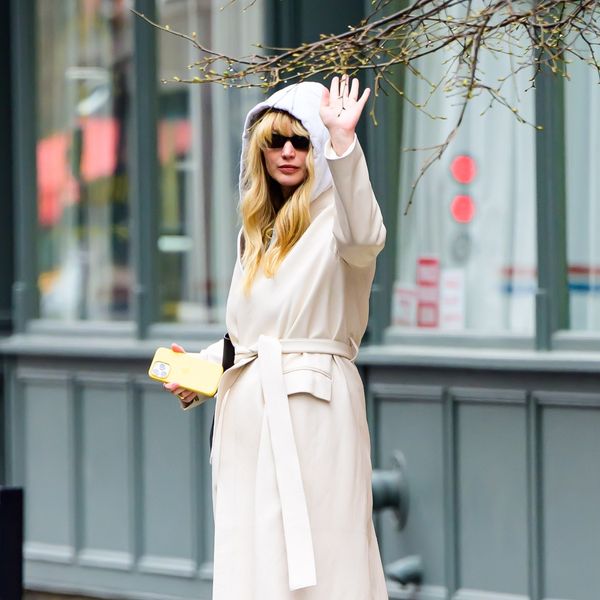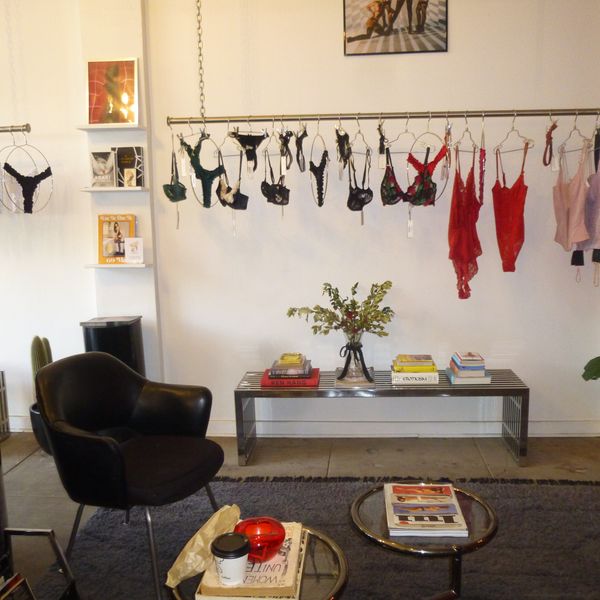How Sabine Marcelis Is Working to Reshape the Art World
The designer was handpicked by La Prairie to mentor five up-and-coming female artists.
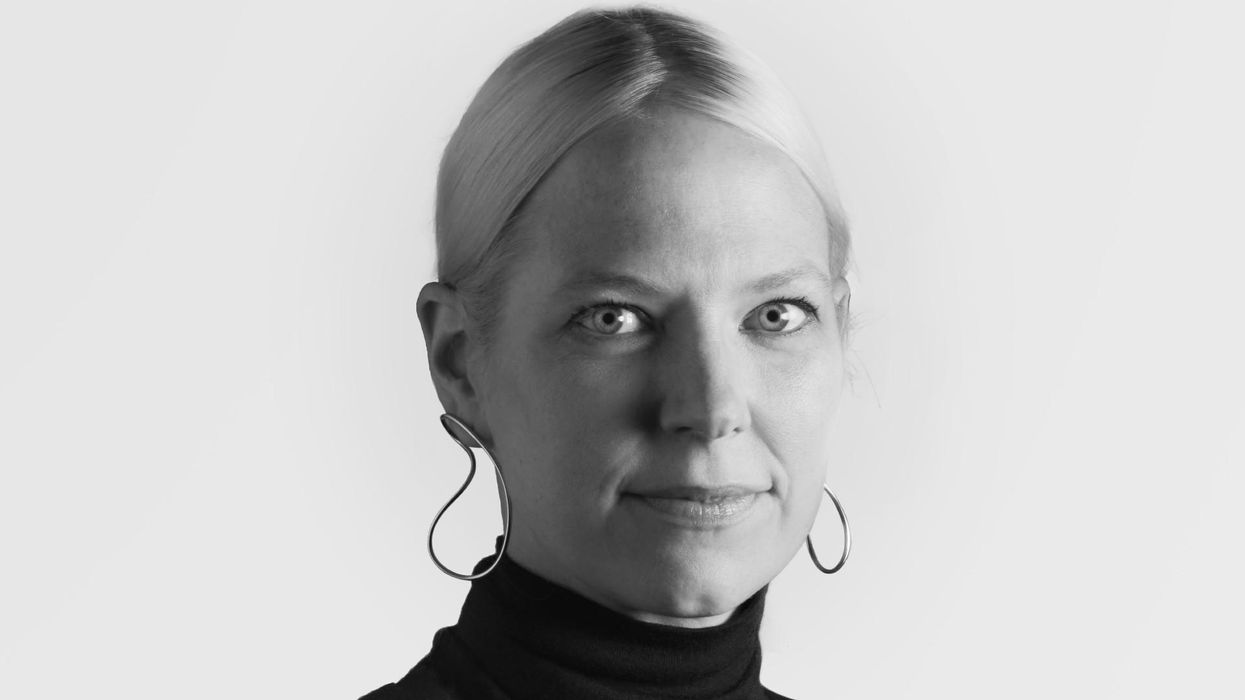
At first glance, Bauhaus, the German design school founded in 1919 that placed an emphasis on combining both form and function, appears progressive for its time. The school’s manifesto states, “any person of good repute, without regard to age or sex” could be considered for admission to the Bauhaus. In reality, women weren’t fully welcomed into the Bauhaus. They were allowed to attend the school, but some workshops were off-limits because Walter Gropious, the founder of the design school, believed that men thought in three dimensions while women only thought in two.
Regardless of these obstacles, women excelled within the Bauhaus system. However, their legacy and impact on the 20th century design movement is often forgotten. Stories about the Bauhaus movement typically mention names like Wassily Kandinsky, Paul Klee, Marcel Breuer, Josef Albers, and Ludwig Mies van der Rohe; the female artists are pushed to the sidelines of history.
In response to this erasure, skincare brand La Prairie created the Women Bauhaus Collective—an initiative aimed to "rectify the inequity of history by celebrating the legacy of the women of Bauhaus and empowering greater equity for the generation of talents of tomorrow,” according to a press release. For the initiative, award-winning designer Sabine Marcelis was chosen to mentor a group of five female artists. Over the course of the year, the Women Bauhaus Collective participated in a program at the Bauhaus Dessau Foundation in Germany to learn about the origins of the movement. They also spent time at Marcelis’s studio to collectively create digital artworks that were presented at Art Basel in June.
Below, Coveteur spoke with Marcelis to discuss her career journey, the importance of creative mentorship, and more.
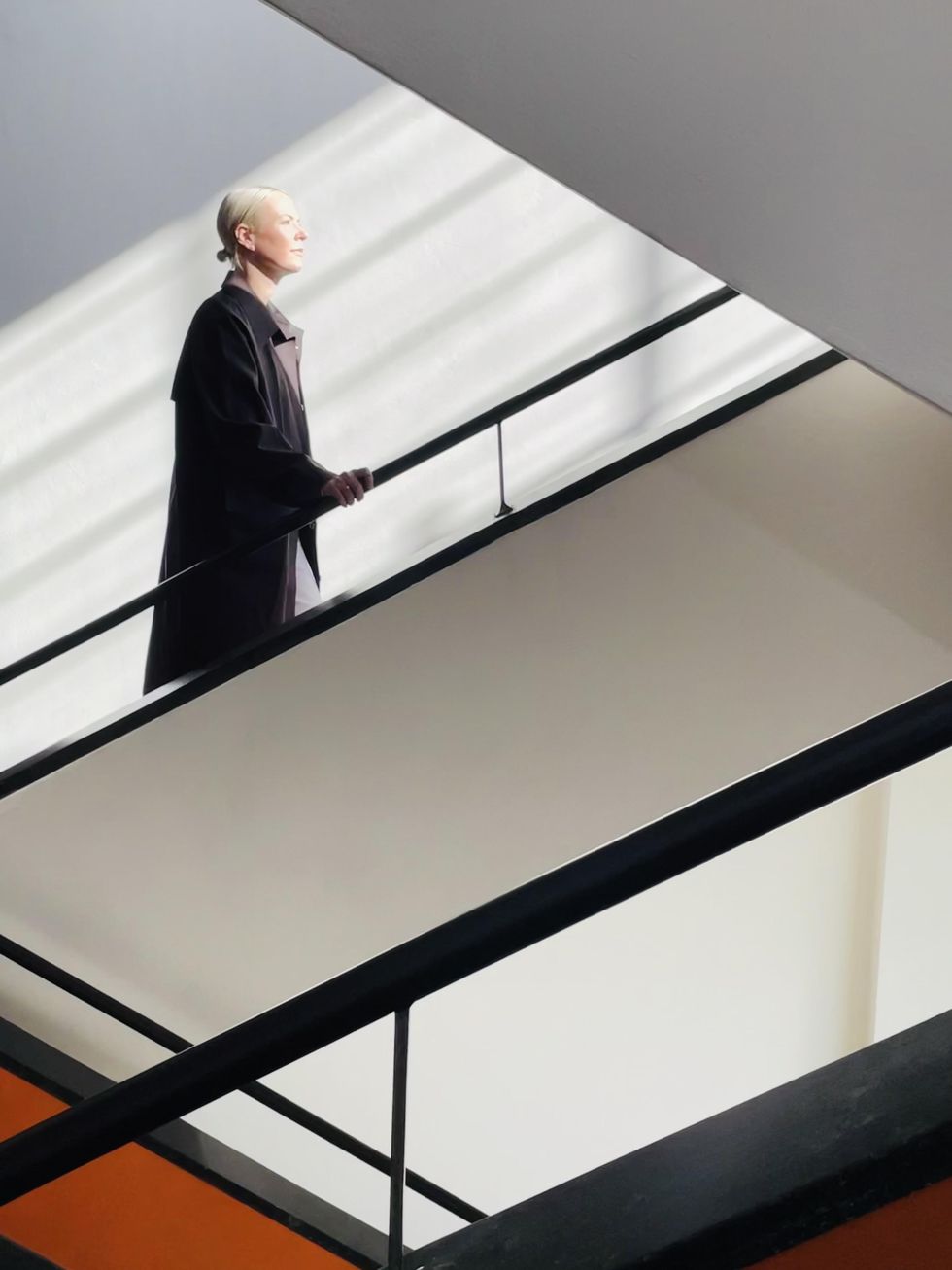
Photo: Courtesy of La Prairie
I was re-reading Linda Nochlin's essay, “Why Are There No Great Women Artists?” and it reminded me of an interview with writer Elif Batuman where she talks about how when she started writing, there were cultural and societal influences in play that made her feel like her art should look or sound a certain way; she held the idea that rigor and abstractness were masculine in nature. At the beginning of your career, was there that pressure to fit into a more "masculine" design aesthetic?
“To be honest, I had a pretty fortunate scenario when I started out. I lived in this government-owned building in the Netherlands where I only paid 150 euros a month for a great space. They needed people to occupy these spaces so squatters wouldn’t be able to. The only downside was that they could’ve kicked me out whenever they wanted. So, I didn’t have much overhead [costs] when I was starting out. I could pay my rent easily and my studio rent was pretty much the same price. The majority of the money I earned babysitting and bartending was all just going into my work, so I feel like I’ve never had to make any concessions with my work to make it fit a specific or more mainstream aesthetic.”
Were there certain artists that were especially important to you at the beginning of your career?
“On an inspirational level, [I’d] definitely [say the] California Light and Space Movement because my biggest inspiration is nature and how light interacts with objects within that space. I love to think about how I can capture those ephemeral moments in an object or in an installation.
I was going through Unlimited, [an exhibition at Art Basel], yesterday and there's a beautiful Helen Peshkin piece which was a floating yellow resin object in this ethereal space. Work like that makes me go, 'Wow.' And that's what I want to emulate in my own work as well. I want someone to look at it and go, 'Wow. How is this made? What is this material?' I want them to get that sense of wonder.
Directly after graduating, I worked for a Danish artist, Fos [a.k.a. Thomas Paulson] and he gave me so much freedom to explore materials. My role working for him was to translate his ideas into realistic, producible objects. Just watching him work and seeing how he ran his studio in an authentic way was meaningful for me. It really showed me that I should just be myself; confidence is found in the uniqueness of the individual, and that's what is going to make your work special. There's only one of you.”
Were there any lessons that you learned from working under Fos that you brought to this experience mentoring five up-and-coming artists?
“I think it’s important to just be really approachable. Before I started working for Thomas, I used to put people who were a bit further in their career on this pedestal. They were special humans, and I thought, how do I get up there? But at the end of the day, everyone's the same. Talking freely and having very open conversations brings everything down to a more level conversation.”
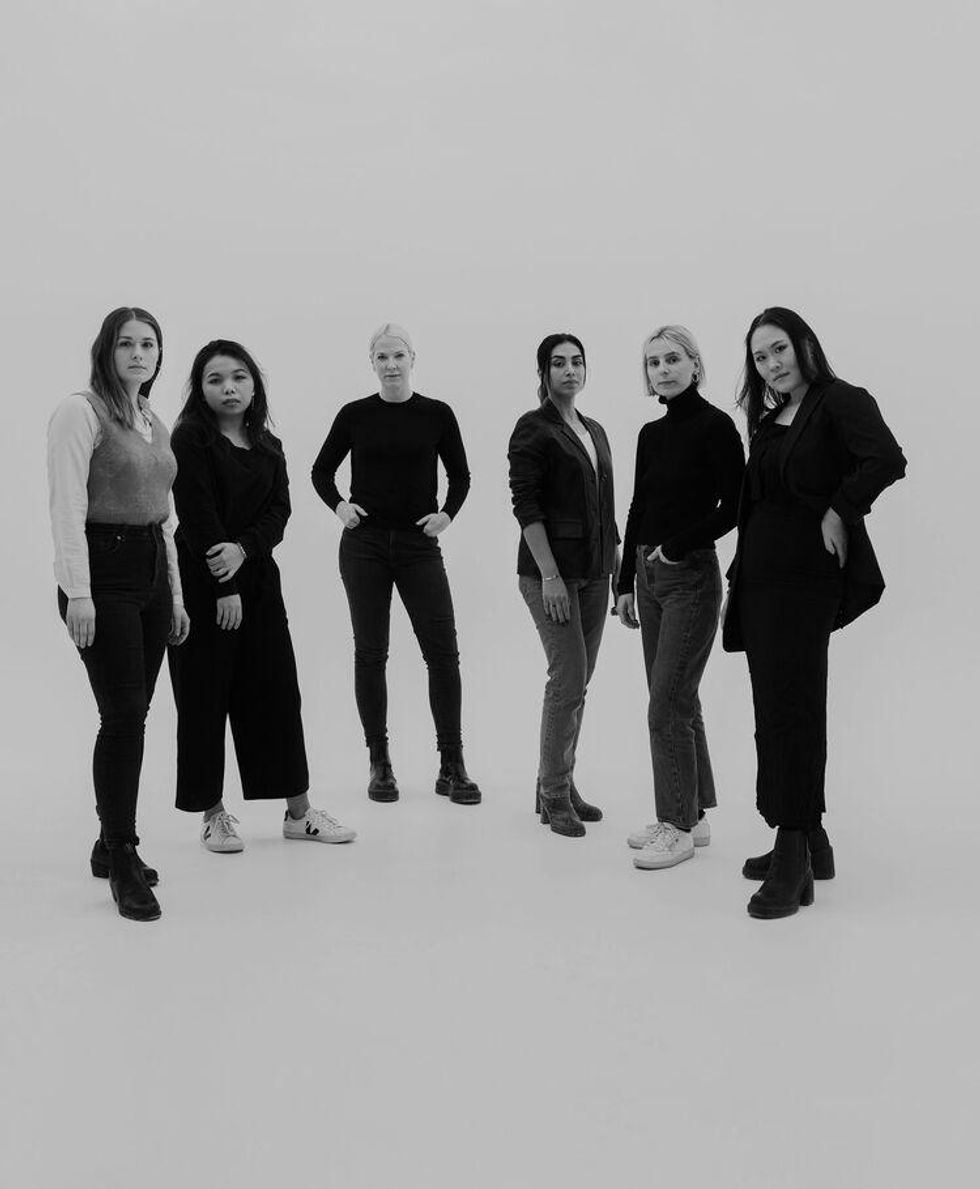
Sabine Marcelis and the members of the Women Bauhaus Collective. (L-R): Lauren Januhowski, Kristin Chan, Talia Golchin, Jasmine Deporta, and Gloria Fan Duan.
Photo: Courtesy of La Prairie
I think it's also interesting too because when you're an artist, you're always learning. Every project has its own set of challenges.
“One-hundred percent. The reason I'm in this profession is because it's awesome to use a creative brain to problem solve. There is no fun in being repetitive. In my studio, there's always a lot of experimentation going on. We work a lot with resins and glass because those materials just lend themselves so well for interactions with light. But now there is a crazy amount of new materials available—really fantastic biomaterials that not a lot of designers have worked with yet. So I feel like there's this really interesting opportunity now to push the boundaries. It's an adrenaline rush to try and push [the work] further constantly.”
What drew you to the collective and taking on the role of a mentor?
"I do a bit of teaching at Ecal [The École cantonale d'art de Lausanne]. It's a design school here in Switzerland. They have a unique program called ‘The Master of Luxury Design.' Every project the students complete is directly linked to a brand. La Prairie was the brand tied to the project that I was working with students on.
That was the first time I worked with La Prairie and it was in a mentorship role since I was the teacher for the project. And it just felt like such a good match. I really love teaching in small doses because I'm very bad at juggling teaching with creating my own work. I can't shut my brain off. I dream about the students' projects instead of my own, which is a problem.
But I think it's really important to pass on knowledge. It would be a waste if I didn’t. I've had all these experiences; I've had my studio for 10 years now; I've made so many mistakes; and I've also learned so much throughout my career. It's my duty as someone that's a bit further along to pass that on to the next generation because what's the point in everyone having to figure it all out for themselves?”
If you could give your younger self one piece of advice, what would it be?
"The biggest one is that it doesn't really matter that much. I used to put so much unnecessary pressure on myself, and it's really detrimental to your mental health to expect so much from yourself. It was an unhealthy way of working—every demand from every client or person was the most important thing in the world. I would do all-nighters to please people. Now, I’ve realized that people can wait. It's not the end of the world. And if something goes wrong, it's also not the end of the world. It took me probably a good five years to realize that. The biggest push toward setting boundaries was having a child and thinking, actually, this is what matters, not that client over there. They can wait one more day."

